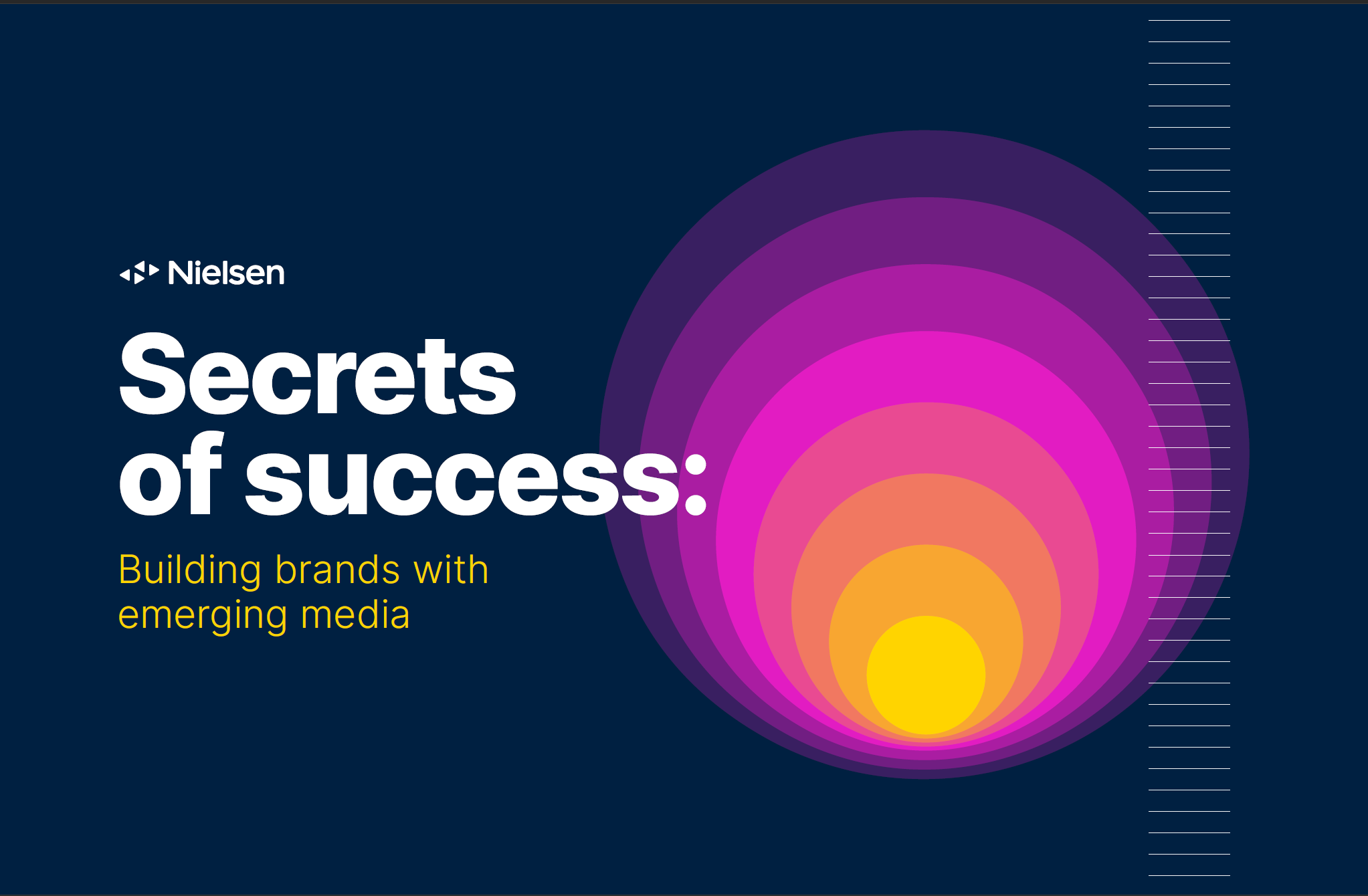Industry Insider: Explaining Social Media Brand Marketing
The evolution of Social and its content creators that have promoted such platforms have built the main stage of current advertisement models. Most commonly, the general society discovers or associates brands and products with specific influencers, podcasts, or online communities. Of course, this is garnered through the consumer’s trust in these entertainment circuits. There are numerous variables that would be able to measure and quantify the consumer-brand interaction. Nielsen, a media data collection firm, has provided a comprehensive overview of these factors. The Secrets of Success: Building Brands With Emerging Media is a guide that defines trends by the science of seamless marketing integration into pop culture.
Through the report, Nielsen provides two specific breakdowns that are essential to the overall viewpoint of analyzing brand lift. All of the data has been disclosed as an accumulation of 1,000 studies that demonstrated brand lift in performance with campaigns through podcasting, influencer-based marketing, and branded content. The primary analytics derive from the five categorical factors that drive the media projection in emerging spheres. The most focused tactic that introduces an initial shift is brand recall. At 38.7 percent, this ensures that branding recognition remains a constant in consumer culture. The impression of a brand performance seemingly has longer-lasting effects.
Video sharing has made brand recall work faster and more efficiently, this is the reason for apps such as TikTok and Instagram having a shopping experience built into the user’s interface.
Closely behind, baseline brand awareness holds 37.5 percent of the consumer’s attention. There is a similar idea here as well. Non-traditional media serves as a modern community outlet. Which is seen often regardless of the demographics. So, it would be of most importance to consumers to recognize the brand that their favorite influencer may have mentioned they once used. As a form of fueling the interconnected relationship between audience engagement and creator support. The newer and fresher take on customer testimonials that consumers are more inclined towards.
Surprisingly, the lesser known brands have greater advantage. At least in terms of KPI tracking, the brand lift is stated to have impacted “two-thirds of brands with baseline affinity scores of 50% or less were able to boost their scores by 7 or more points through emerging media campaigns.”
Measurements based on KPI which are attributed to four classifications: familiarity, affinity, purchase intent, and recommendation intent. Each level affects the percentage effectiveness of the five primary drives. In the case of brand recall, it retains space in the nearly 40 percent margin in terms of recommendation intention but is amplified to 44 percent in purchase intent. The strength of the brand on its own predicates its effect on the ability to accentuate the brand lift growth potential.
Highlighting key elements for advertising propositions gives the ability for content creators to gain identity in their brand partnerships. Some small or large content creators are able to use the accessibility of partnered-branded content to their financial and social benefit. These metrics create a sense of value back into the creator's hands as they have more direct control over audience management. With trust and compassion on the consumer-content creator basis, the creator can capitalize on the value of the consumer’s loyalty. In tandem, Nielsen’s research will more than likely assist their navigation of brand selection and marketing strategies. Resulting in the continuous evolution of the social media ecosystem.


